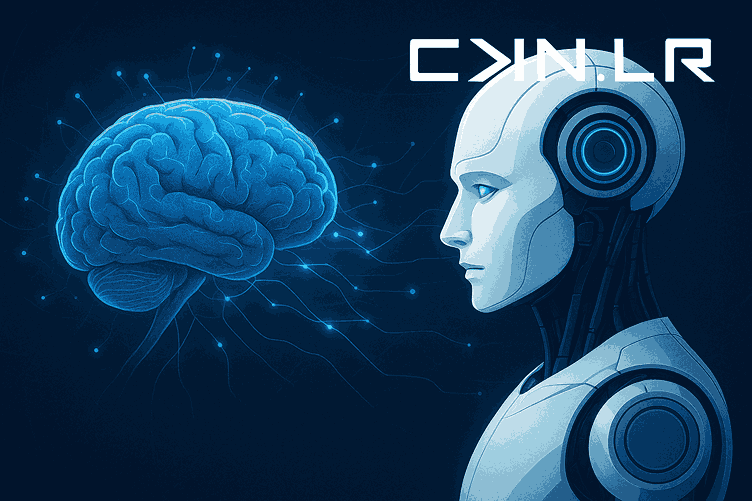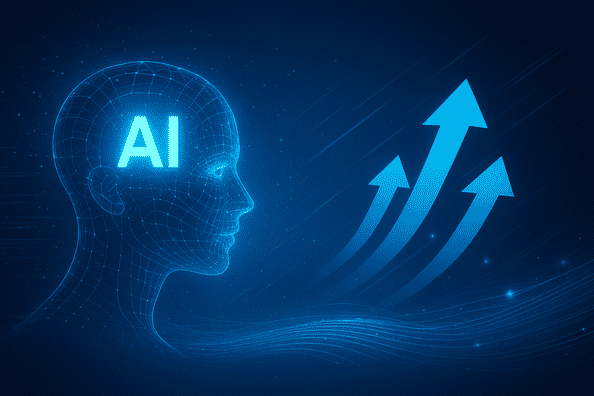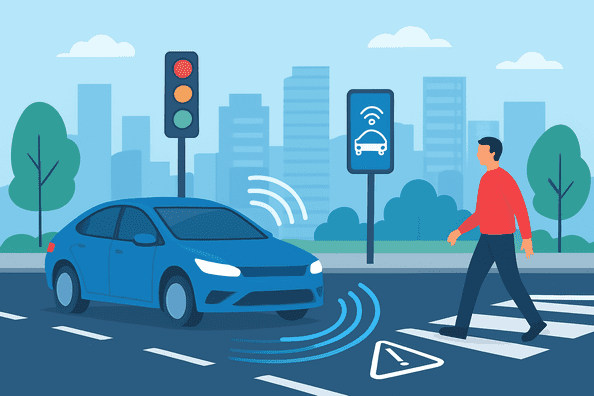CyLnr AI Robotics is redefining the frontier of intelligent machines by merging cutting-edge robotics with deep insights from neuroscience. In an era where artificial intelligence (AI) often feels detached from the subtleties of human thought, CyLnr brings a fresh vision: to emulate the brain’s architecture and learning mechanisms to build robots that perceive, adapt, and interact with their environment in profoundly human-like ways. This blog post delves into the fascinating nexus of neuroscience and robotics, illustrating how CyLnr’s innovations are powering our future. We’ll explore real-world applications, balanced viewpoints on the challenges, and personal reflections on what this means for society.
Understanding CyLnr AI Robotics
At its core, CyLnr AI Robotics is a research-driven initiative that integrates principles from neuroscience—such as synaptic plasticity, neural coding, and hierarchical processing—into robotic design and control systems. Unlike traditional AI models that rely on large datasets and brute-force computation, CyLnr’s approach emphasizes:
- Brain-inspired architectures: Mimicking cortical layers to process sensory inputs with increasing abstraction.
- Adaptive learning rules: Using spike-timing-dependent plasticity (STDP) and reinforcement-based neuromodulation to enable on-the-fly adaptation.
- Embodied cognition: Grounding AI in physical bodies so that perception, action, and learning are tightly coupled.
By drawing on decades of neuroscience research, CyLnr machines can dynamically adjust to novel situations, demonstrate robust decision-making under uncertainty, and exhibit emergent behaviors that feel strikingly natural.
The Neuroscience Foundations
Synaptic Plasticity and Learning
One of the cornerstones of CyLnr AI Robotics is synaptic plasticity—the brain’s mechanism for strengthening or weakening connections between neurons based on experience. CyLnr implements models of STDP, where the relative timing of “spikes” or activation events determines whether a connection is potentiated or depressed. In practice, this allows robots to learn sensorimotor mappings—such as adjusting their grip pressure on delicate objects—through repeated interactions rather than explicit programming.
Neural Coding and Representation
CyLnr draws on theories of population coding, where information is represented across ensembles of neurons, offering noise-tolerant and energy-efficient processing. Robots equipped with neuromorphic sensors capture spiking data streams, which are then decoded by bio-inspired algorithms to interpret tactile, auditory, or visual signals with high fidelity. This contrasts sharply with frame-based camera input and convolutional networks, offering lower latency and greater robustness in dynamic settings.
Hierarchical Processing and Attention
Inspired by the brain’s visual and prefrontal cortices, CyLnr designs hierarchical networks that filter raw data through successive layers—edge detection, motion estimation, object recognition—while higher modules allocate attention based on reward signals. For example, a service robot might prioritize detecting humans in a crowded room, focusing computational resources on social cues, while delegating low-priority tasks to background processes.
Real-World Applications
Assistive Robotics in Healthcare
In rehabilitation clinics, CyLnr-enabled exoskeletons adapt in real time to a patient’s gait patterns. By analyzing spatiotemporal neural-inspired feedback, the exoskeleton fine-tunes its support, encouraging natural muscle activation. Patients report smoother movements and faster recovery compared to conventional devices, as the system learns individual biomechanics on the go.
Autonomous Exploration and Search & Rescue
Natural disasters create chaotic environments hostile to pre-programmed drones. CyLnr UAVs (unmanned aerial vehicles) leverage neuro-mimetic navigation: spiking-based landmark recognition and dynamic obstacle avoidance inspired by insect brains. In field tests, these drones autonomously re-route around debris, identify survivors by subtle thermal signatures, and relay contextual scene understanding to human teams—tasks that traditional vision algorithms struggle with under varying conditions.
Collaborative Manufacturing
Modern factories demand flexibility. CyLnr robotic arms learn from human coworkers through mirror-neuron‐inspired learning, where observing a human performing an assembly task triggers similar neural patterns in the robot’s control network. Over successive trials, the robot refines its motion trajectories, adapting to subtle variations in parts and tools. This fosters seamless collaboration: human operators train robots through demonstration, shortening setup times and reducing programming overhead.
Balancing Innovation and Ethics
While the promise of brain-inspired robotics is immense, it raises ethical and societal considerations. Personal data gleaned from neural interfaces must be safeguarded—imagine exoskeletons that record patterns of muscle activation being vulnerable to unauthorized decoding. Moreover, as robots exhibit more human-like adaptability, questions of accountability emerge: if a CyLnr surgical assistant autonomously adjusts its actions during a procedure, who bears responsibility for outcomes?
A balanced view acknowledges that robust design principles, transparent learning algorithms, and human-in-the-loop oversight can mitigate risks. CyLnr’s ongoing work in explainable neuromorphic systems aims to make robot decision-making traceable, akin to lighting up salient neural pathways that justify each action.
Personal Insights: The Human Element
Having spent years researching both neuroscience and robotics, witnessing the moment a CyLnr prototype first corrected its grasp on a fragile glass jar was unforgettable. It wasn’t mere code executing—it felt like a nascent form of intuition. This sparks hope that future machines will not just mimic but genuinely understand nuances of our world.
Yet, this progress also invites humility. True intelligence in biological organisms is shaped by millions of years of evolution, emotion, and social context. As we channel neuroscience into machines, we must remember that empathy, creativity, and moral reasoning are equally critical dimensions that elude pure mechanistic modeling.
Challenges and Future Directions
Scaling Learning to Complexity
Current neuromorphic chips excel at low-power spiking simulations but struggle when networks scale to millions of neurons. Progress in hybrid architectures—combining conventional GPUs for heavy lifting and neuromorphic co-processors for real-time adaptation—appears promising.
Bridging the Symbolic–Subsymbolic Gap
Human cognition seamlessly integrates raw perception with abstract reasoning. CyLnr’s next frontier is bridging the gap between subsymbolic, spike-based learning and high-level symbolic planning, enabling robots to form concepts, reason about cause and effect, and even explain their thought process in natural language.
Societal Acceptance and Trust
Widespread adoption of CyLnr AI Robotics hinges on public trust. Transparent safety standards, open-source neuro-algorithms, and rigorous field trials will be vital to demonstrate reliability. Education initiatives that demystify brain-inspired methods can help dispel fears and foster collaborative innovation.
Conclusion
CyLnr AI Robotics stands at the vanguard of a new age, where the insights of neuroscience illuminate pathways to truly intelligent machines. By embedding synaptic plasticity, neural coding, and hierarchical attention into robotic systems, CyLnr is crafting robots that learn like we do—adapting, responding, and growing through experience. Real-world applications in healthcare, search & rescue, and manufacturing hint at a future where human and machine cognition converge to solve pressing challenges. As we advance, balancing technical breakthroughs with ethics, transparency, and compassion will ensure that our robotic counterparts truly enhance the human experience.
The journey toward brain-inspired intelligence is as much a reflection on our own nature as it is on technology. CyLnr’s pioneering work invites us to rethink what it means to be intelligent—and to forge a future where machines and humans learn side by side.



